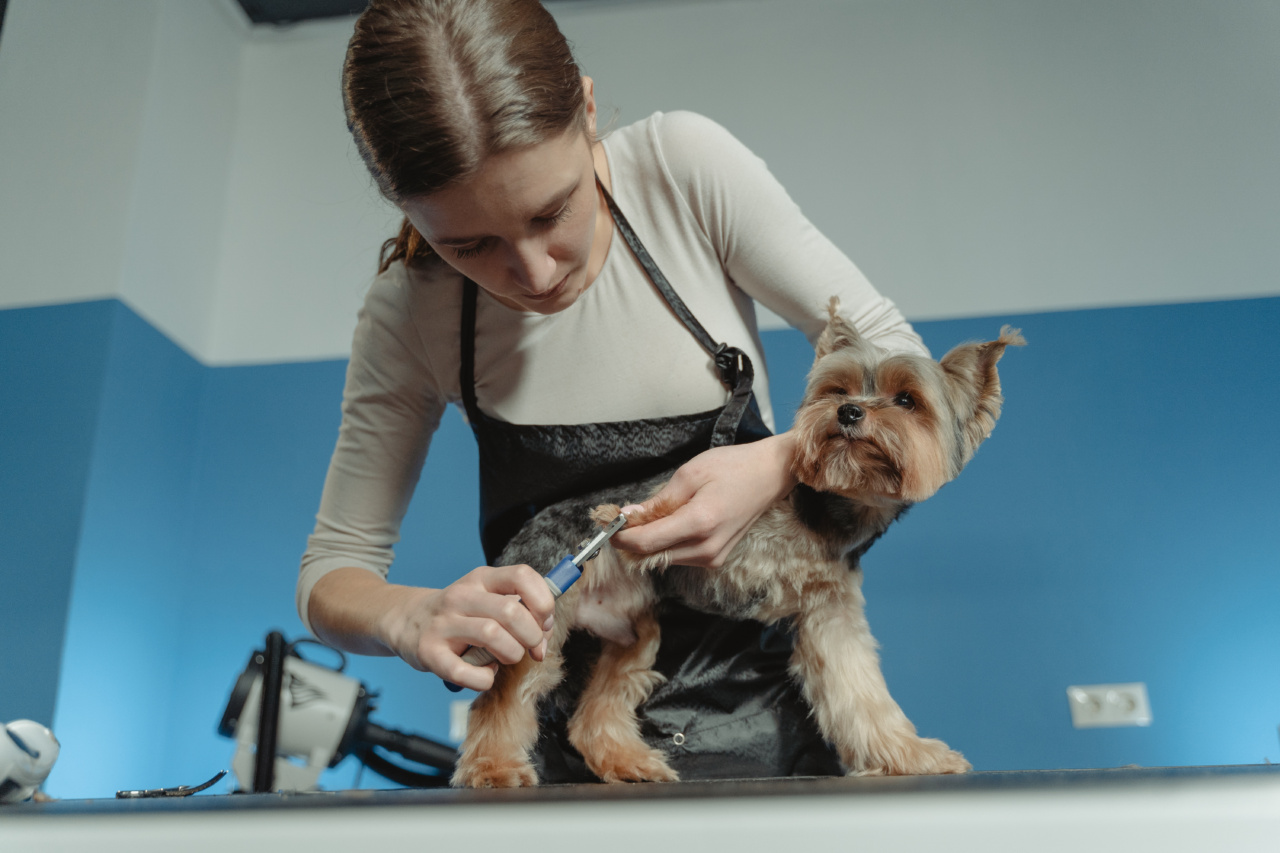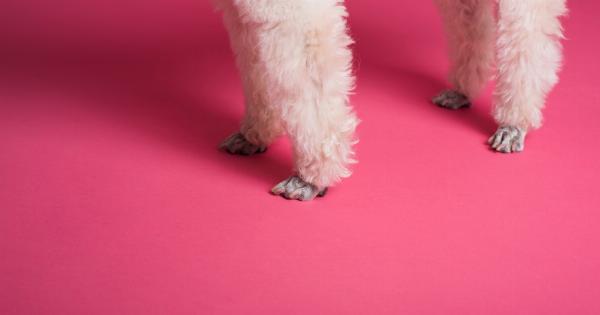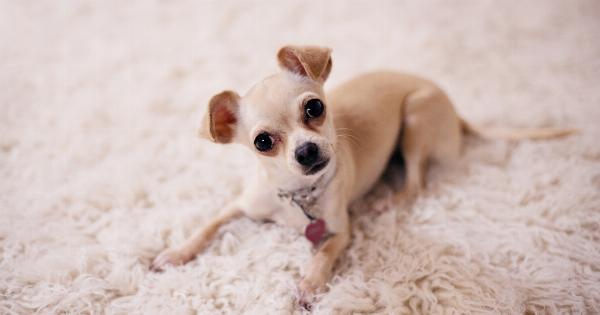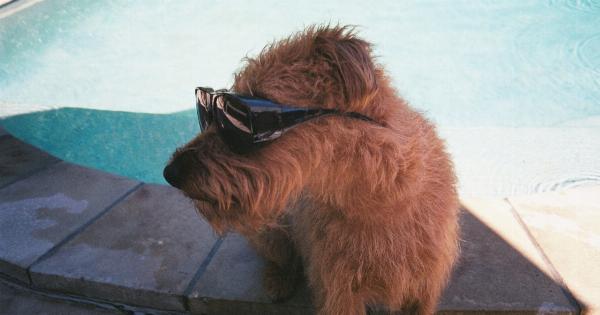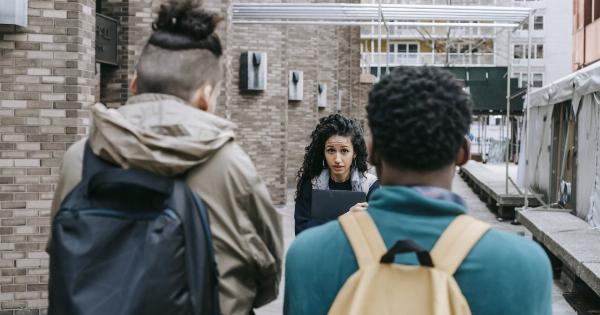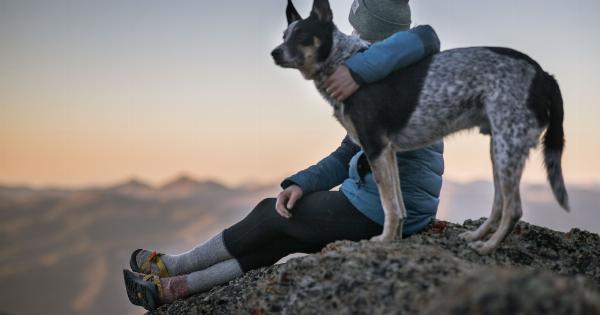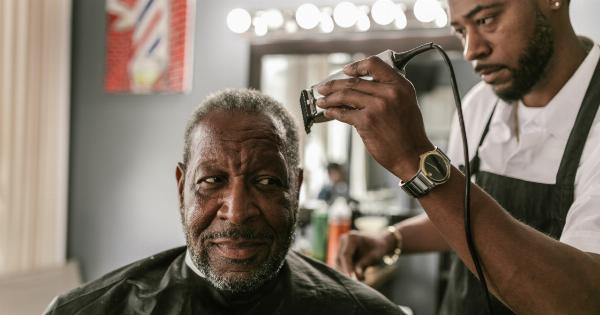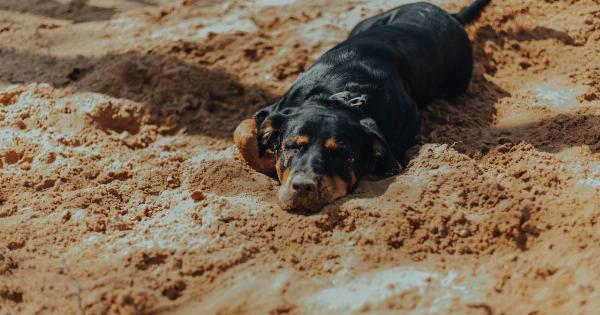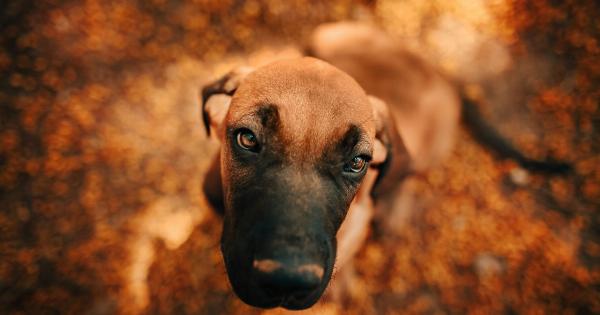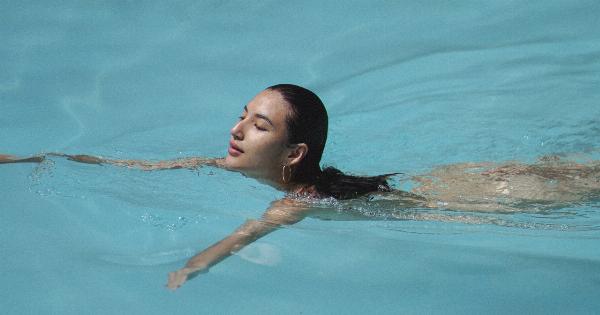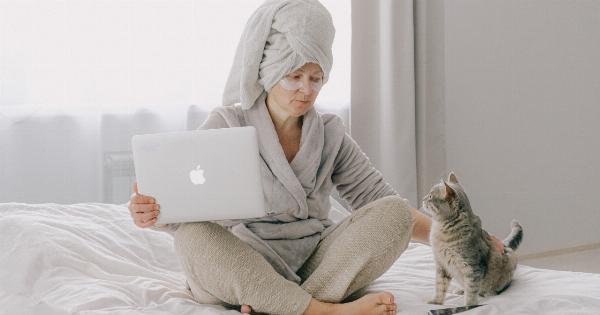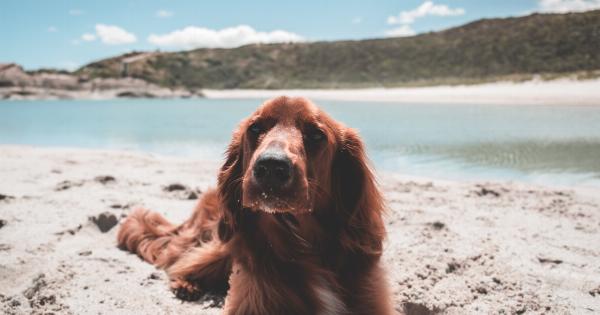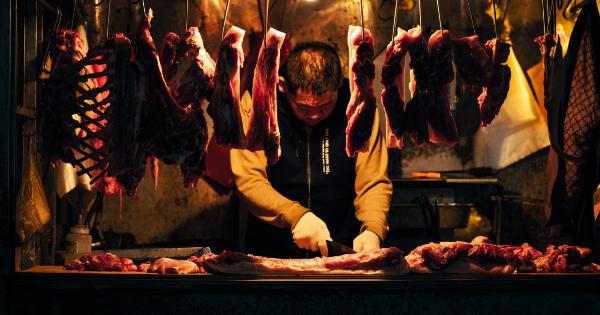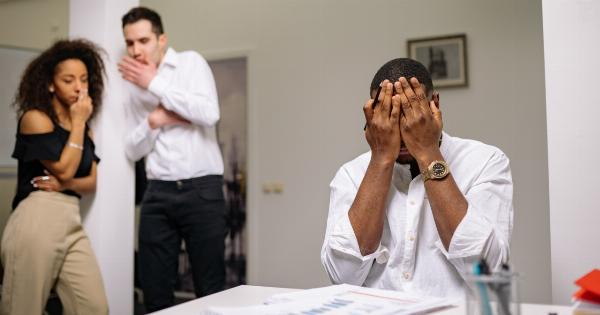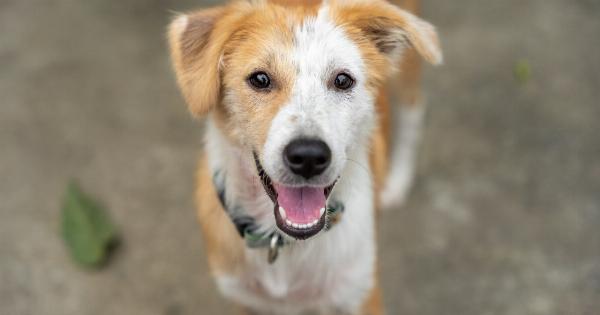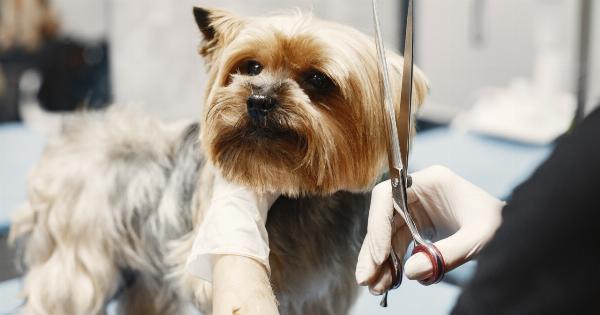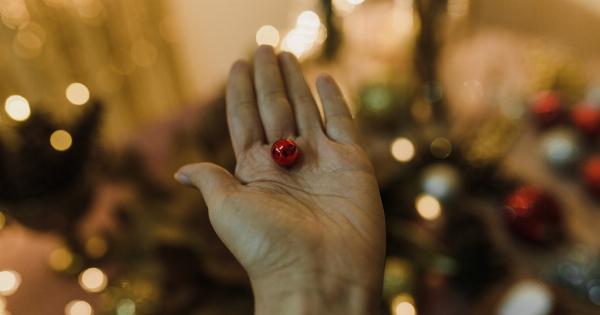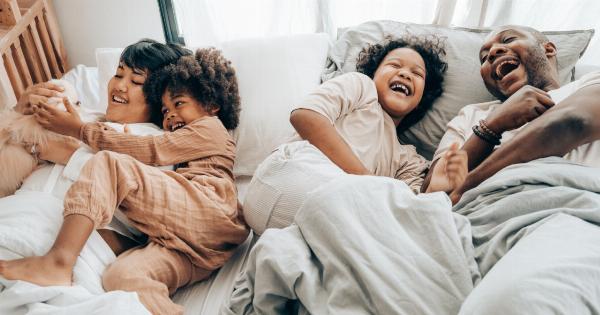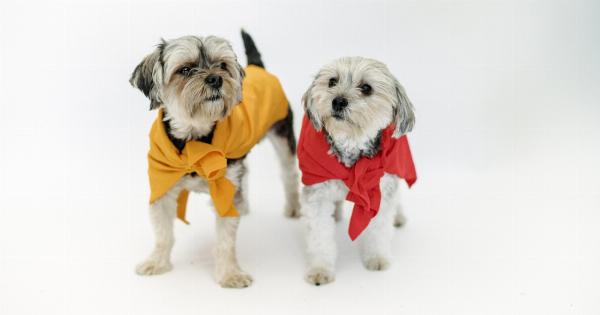Grooming plays a crucial role in keeping our furry friends healthy and comfortable. Regular grooming sessions help maintain their coat condition, prevent matting, and keep their skin clean and free from infections.
However, grooming can sometimes go wrong, causing stress and anxiety for our beloved dogs. Whether it’s a bad haircut, an uncomfortable bathing experience, or a traumatic incident at the grooming salon, it’s essential to help our dogs cope with these situations.
In this article, we will explore ways to support and comfort our furry friends after a grooming mishap.
Understanding the Aftermath
After a grooming ordeal gone wrong, dogs may exhibit various signs of distress, including fear, anxiety, aggression, or withdrawal. It’s crucial to understand that these are normal reactions to a traumatic event.
Dogs might associate the grooming salon, specific tools, or grooming procedures with the unpleasant experience, leading to further anxiety in the future. By being observant and patient, we can help our dogs overcome their fear of grooming.
1. Stay Calm and Comforting
When it comes to helping our dogs cope, our own behavior plays a significant role. It’s essential to remain calm and composed around our furry friends and avoid showing any frustration or anger.
Dogs are incredibly receptive to their owners’ emotions and can mirror their reactions. Provide a comforting and reassuring presence to alleviate their anxiety and make them feel safe.
2. Create a Positive Grooming Environment
After a bad grooming experience, it’s necessary to rebuild trust between our dogs and the grooming process. Start by creating a positive grooming environment at home. Set up a quiet and calm space dedicated to grooming, and avoid any distractions.
Make it a pleasant experience by offering treats, praise, and petting during grooming sessions. By associating grooming with positive experiences, we can help our dogs overcome their fear.
3. Gradual Desensitization
For dogs with severe grooming-related anxiety, a gradual desensitization approach can be beneficial. Start by introducing grooming tools and equipment one at a time in a non-threatening manner.
Allow your dog to sniff and investigate them at their own pace. Slowly progress to gentle handling and touch, rewarding your dog’s calm behavior throughout. Gradually increase the duration and intensity of grooming sessions as your dog becomes more comfortable.
4. Professional Help
If your dog’s anxiety persists despite your efforts, seeking professional help from a qualified dog behaviorist or trainer is a wise decision. These professionals have the knowledge and experience to address grooming-related anxiety effectively.
They can create personalized training plans to help your dog overcome their fears and build a positive association with grooming.
5. Choose a Trustworthy Grooming Salon
To prevent future grooming disasters, it’s crucial to choose a trustworthy and experienced grooming salon. Do thorough research, read reviews, and ask for recommendations from fellow pet owners or your veterinarian.
Visit the salon beforehand to assess the facilities, meet the staff, and ensure they prioritize the well-being and comfort of each dog they groom. A positive grooming experience can significantly reduce grooming-related anxiety.
6. Patience and Positive Reinforcement
Patience is key when helping our dogs cope with grooming mishaps. Healing takes time, and it’s essential to be understanding and supportive throughout the process. Celebrate small victories and progress, no matter how insignificant they may seem.
Shower your furry friend with love, praise, and treats when they show signs of improvement or exhibit calm behavior during grooming sessions. Positive reinforcement goes a long way in building their confidence.
7. Maintain a Routine
Establishing a regular grooming routine can help your dog feel more secure and confident. Consistency plays a vital role in reducing anxiety and fear. Stick to a grooming schedule that works for both you and your furry companion.
By making grooming a predictable part of their routine, you can gradually build trust and minimize any lingering anxiety.
8. Take Baby Steps
Avoid rushing the grooming process after a traumatic experience. Take small, deliberate steps towards a positive grooming experience. Break down the grooming routine into manageable segments, focusing on one aspect at a time.
For example, start by introducing gentle brushing sessions before reintroducing bathing or nail trimming. Each successful step will reinforce positive associations and help your dog regain confidence.
9. Consult Your Veterinarian
If your dog shows extreme fear or anxiety towards grooming or displays concerning behavior after a grooming incident, it’s essential to consult your veterinarian.
Your vet can rule out any underlying health conditions that may contribute to their behavior and provide additional guidance or referrals to ensure your dog receives proper care.
10. Seek Support from Supportive Communities
Remember, you are not alone in this journey. There are numerous online and local communities of pet owners who have gone through similar experiences.
Seek support and advice from these communities as they can provide you with invaluable insights, tips, and emotional support. Sharing your experiences and learning from others will make the process less isolating and help you navigate the challenges more effectively.
By employing these strategies and showering your pup with love, patience, and care, you can help them overcome the negative effects of grooming mishaps and restore their trust in the grooming process.
Remember to take things slowly, be consistent, and celebrate every small achievement. Together, you and your furry friend can conquer grooming-related anxiety and create a positive grooming experience for years to come.
